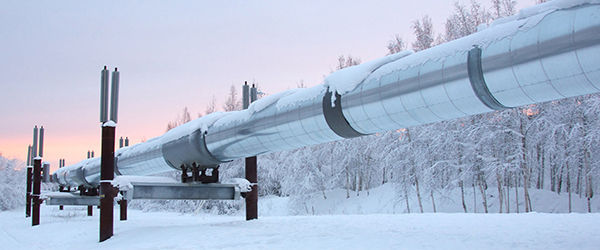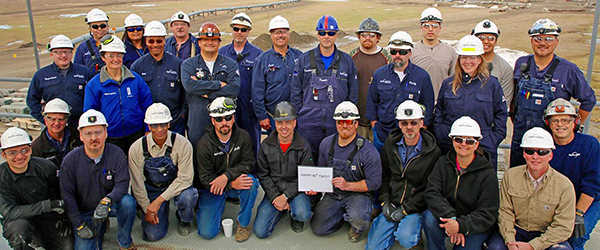Emergency Preparedness & Response
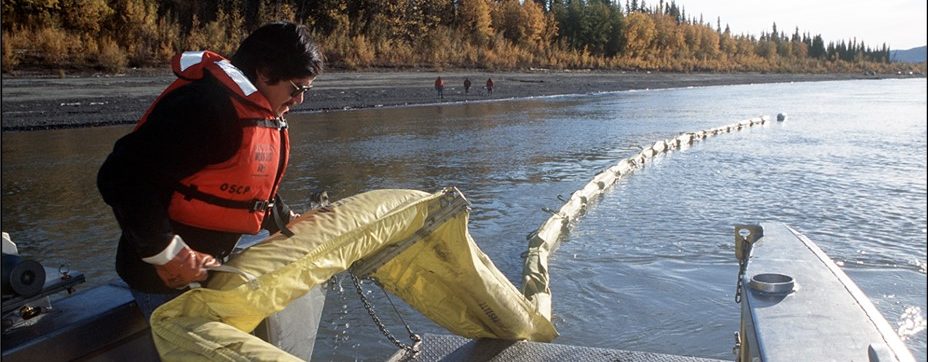
Emergency Preparedness & Response
At Alyeska, prevention and response go hand in hand; significant resources are devoted to keep the “oil in the pipe” and, at the same time, recognizing that we must maintain the capability and equipment to respond effectively if the worst happens.
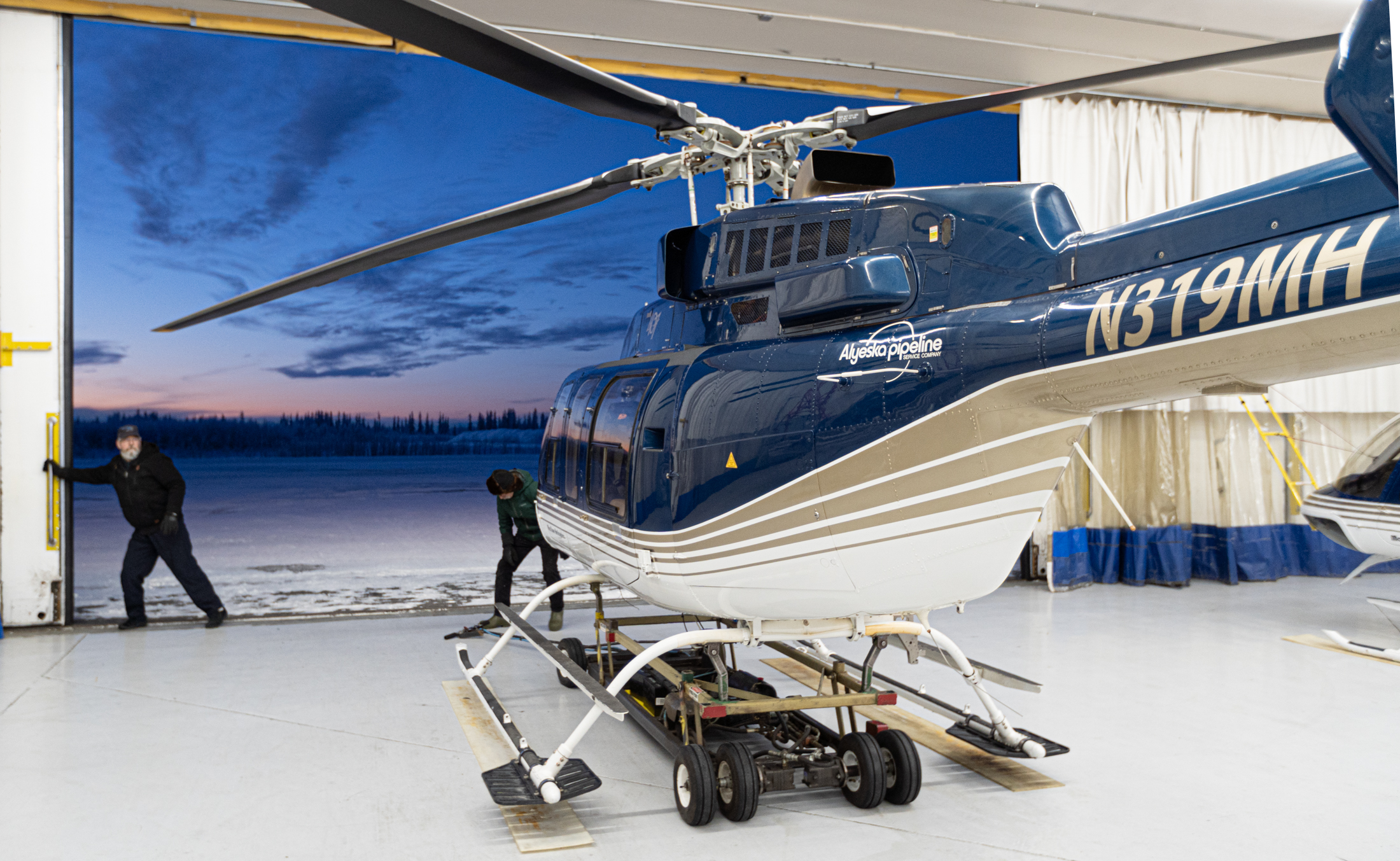
Prevention
Alyeska maintains several overlapping levels of protection so that if one fails, others can maintain the integrity of the total system. Corrosion control programs, engineered system design and review, targeted preventative maintenance, condition monitoring all work to ensure the equipment preventing spills is working effectively. Tank level, oil flow measurements and systems that measure total volume ensure that there is not an unknown failure in the system. Strong control and communication system protections that shut down the system prior to creating the possibility of a leak. These systems, coupled with continuous monitoring by qualified individuals reduce the likelihood of a release and then, if the worst happens, reduce the consequence through rapid response.
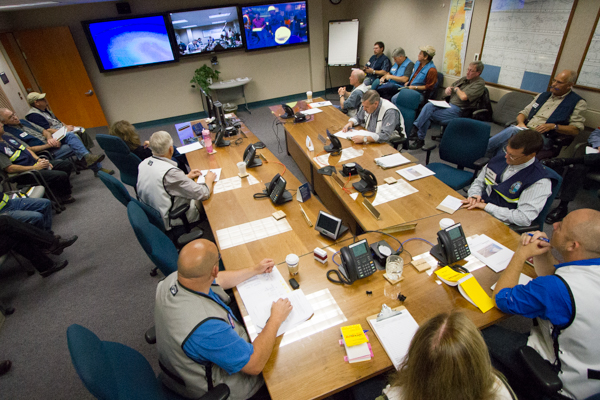
Response
In the event of an oil spill, Alyeska maintains a comprehensive workforce of qualified responders and industry-leading equipment. TAPS personnel participate in one of the most rigorous response training and exercise regimes in the industry to ensure effective, qualified response to a wide range of potential incidents. To formalize response capabilities, Alyeska prepares three publicly reviewed oil discharge prevention and contingency plans. These plans are reviewed by state regulators and carefully outline Alyeska’s prevention and response commitments and capabilities for the pipeline, the Valdez Marine Terminal and Prince William Sound. Alyeska and the tanker companies regularly hold drills and exercises to practice and evaluate response preparedness.
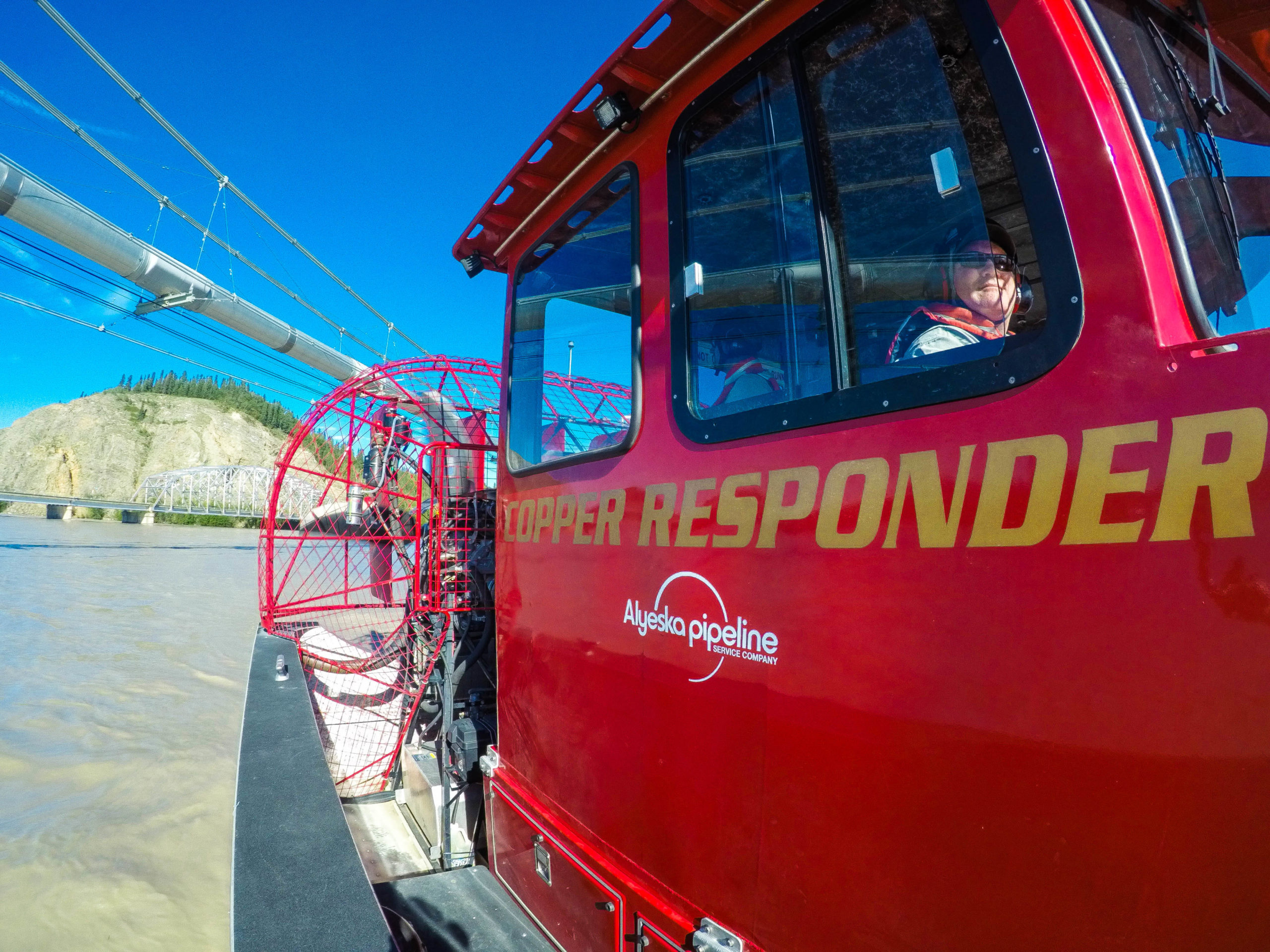
Trans Alaska Pipeline System Pipeline Oil Discharge Prevention and Contingency Plan
This plan outlines spill prevention measures established by Alyeska and response capabilities along the pipeline corridor. Alyeska has made commitments to the state regarding equipment, leak detection, personnel training and other areas. The plan includes more than 200 designated containment sites on or near drainages along TAPS. Equipment stored at containment sites varies per site and includes oil spill equipment, concrete anchors, and/or dam kits. Response assets on-hand vary at each facility. Equipment available includes vessels like jet boats, airboats and landing craft, various types of boom, and vacuum trucks. Pipeline personnel are trained in oil spill response, and each response facility has 24-hour oil spill response capabilities. Field drills are regularly conducted to evaluate preparedness to react to an oil spill. The drills permit evaluation of the training program, particularly oil spill skills such as reconnaissance, assessment, and response.
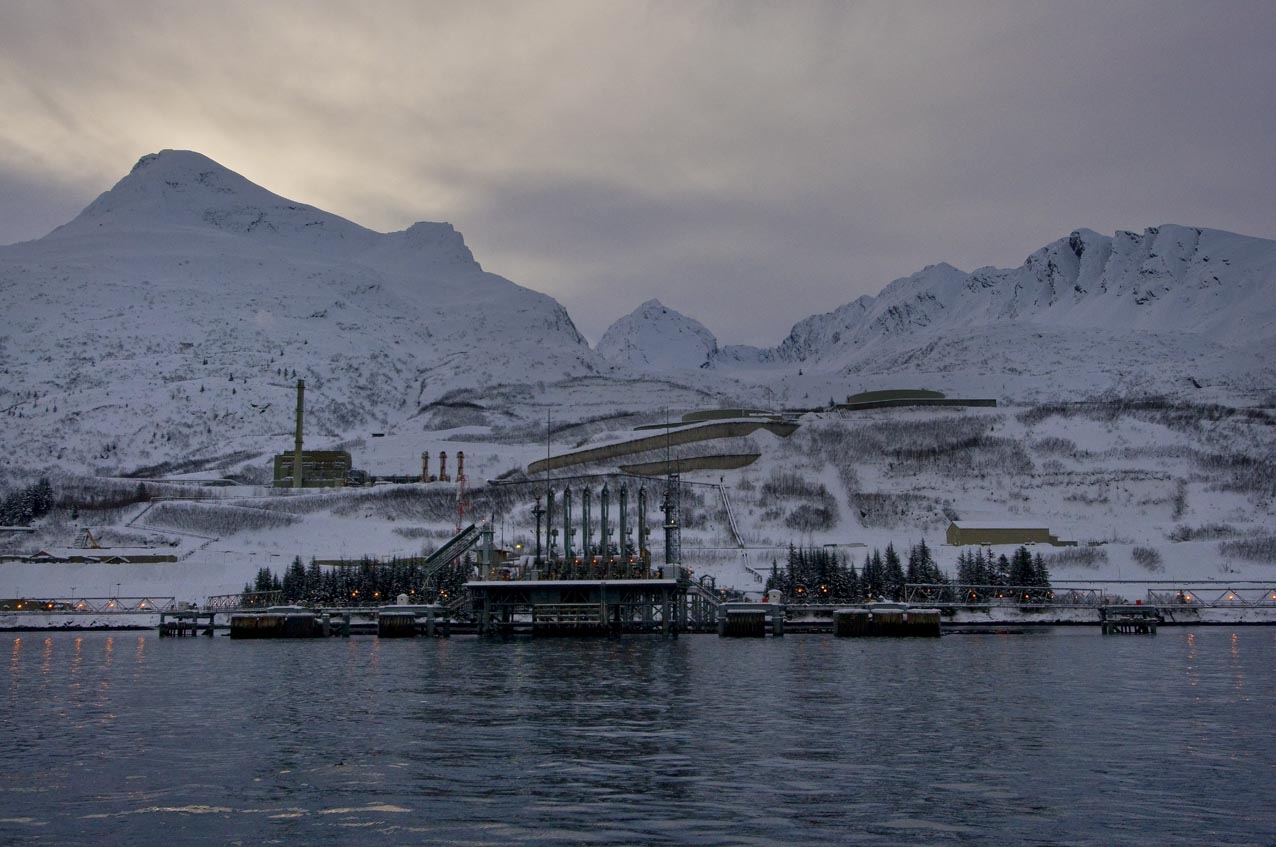
The Valdez Marine Terminal Oil Discharge Prevention and Contingency Plan
This plan is a comprehensive document outlining spill prevention measures taken at the Valdez Marine Terminal, as well as a response section describing land and water response for spills originating from VMT facilities or piping.
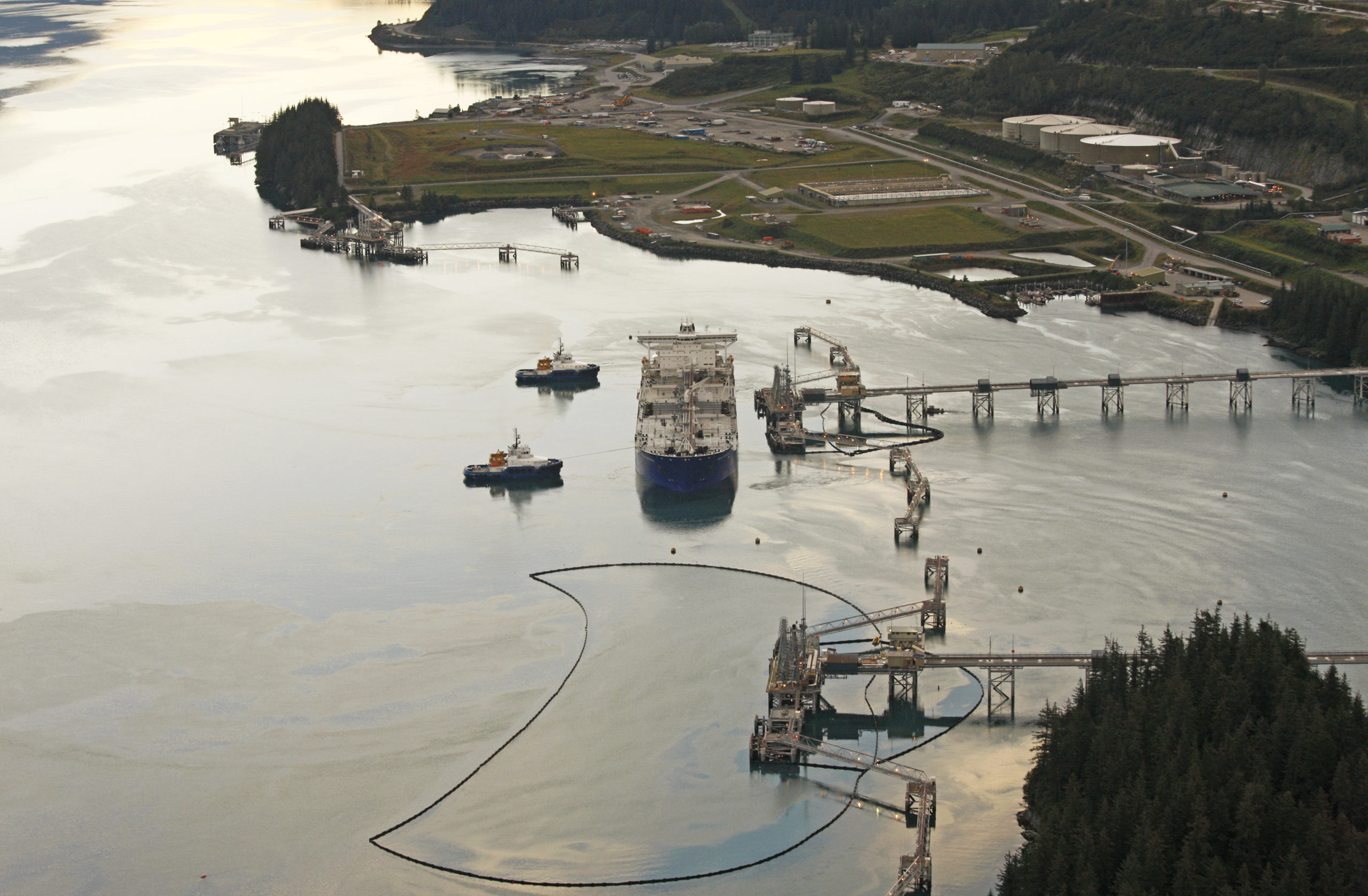
Prince William Sound Tanker Oil Discharge Prevention and Contingency Plan
Tankers transiting Prince William Sound are required by regulation to have their own oil spill contingency plans. The Prince William Sound Tanker Oil Discharge Prevention and Contingency Plan is a required part of each tanker’s individual contingency plan. Alyeska is the primary response action contractor responsible for the implementation aspects of the tanker plan, primarily through its Ship Escort Response Vessel System (SERVS). The prevention portion of this plan requires that each laden tanker transiting Prince William Sound must be escorted by two vessels, one of which must be a specially equipped prevention and response vessel or tug. Laden tankers are tethered to escort tugs from the Terminal through the Valdez Narrows and Valdez Arm. Also included in the plan are speed limits for tankers and weather restrictions. The response portion of the plan includes plans for open-water and nearshore shoreline response and support operations.
